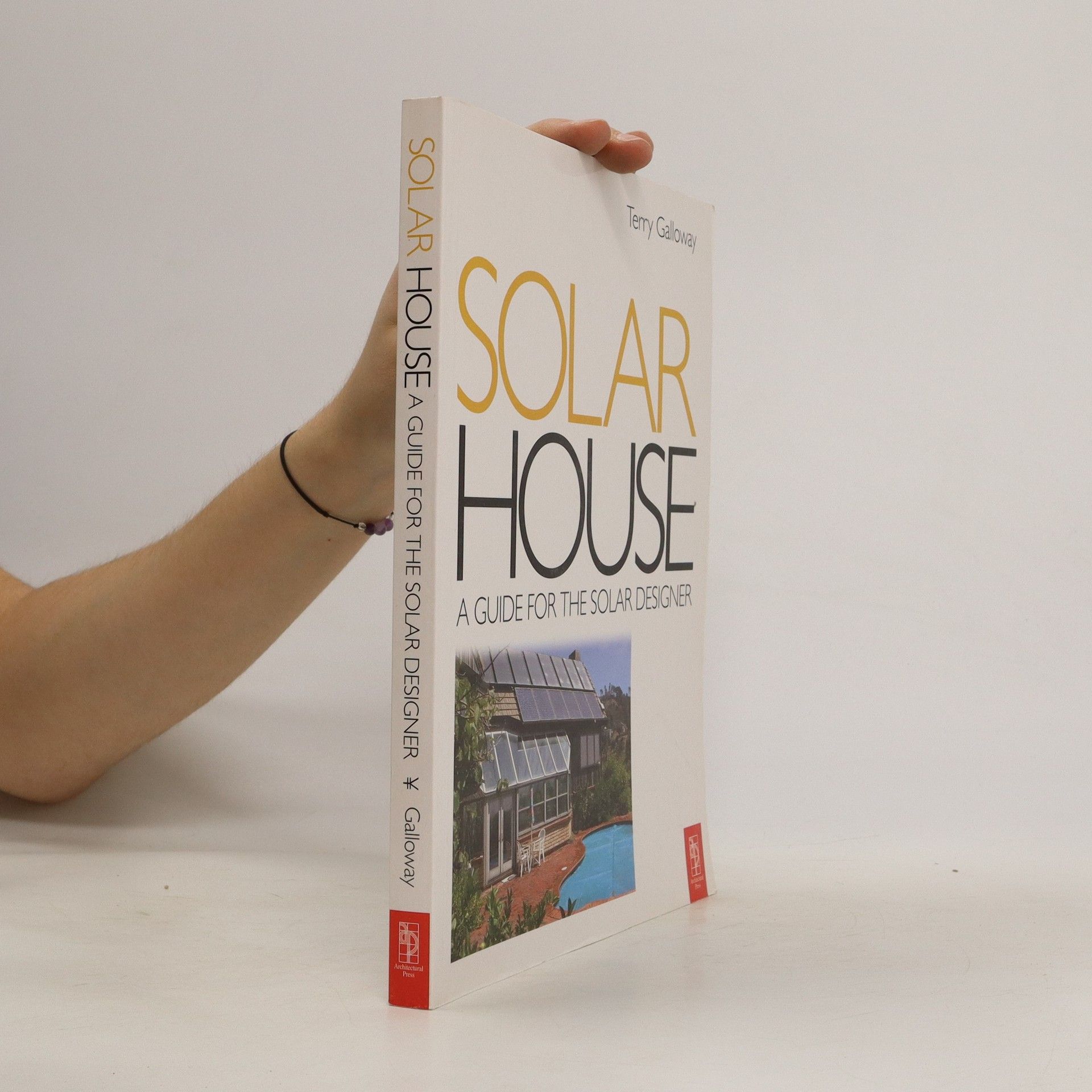Covering the full life span of the project, from siting issues through specific design features to maintenance of the property and equipment, this is a comprehensive guide to designing, planning and building a solar house.The author uses his experience of living in a solar house to inform the reader of the technology and practices needed for the design, operation and maintenance of the solar home. Each of the technologies of the house, such as space heating and cooling, domestic hot water and electric power technologies, are critiqued from the point of view of the owner/resident, with the author using his thirty years experience of living in a solar home. This provides home owners who are thinking of going solar with first hand evidence of best practice, and provides the architect and designer with the knowledge of how to best satisfy their clients needs.
Terry Galloway Book order
Terry Galloway is a deaf, queer writer and performer who uses her one-woman shows as an inexpensive way to see the world. Her work is characterized by sharp wit and self-deprecation, often exploring themes of identity, otherness, and societal expectations. Galloway fearlessly provokes and challenges the status quo, with her pieces reflecting the unique perspective of an artist navigating multiple worlds. Her writing and performances offer a potent and distinctive voice on life and art.

- 2004